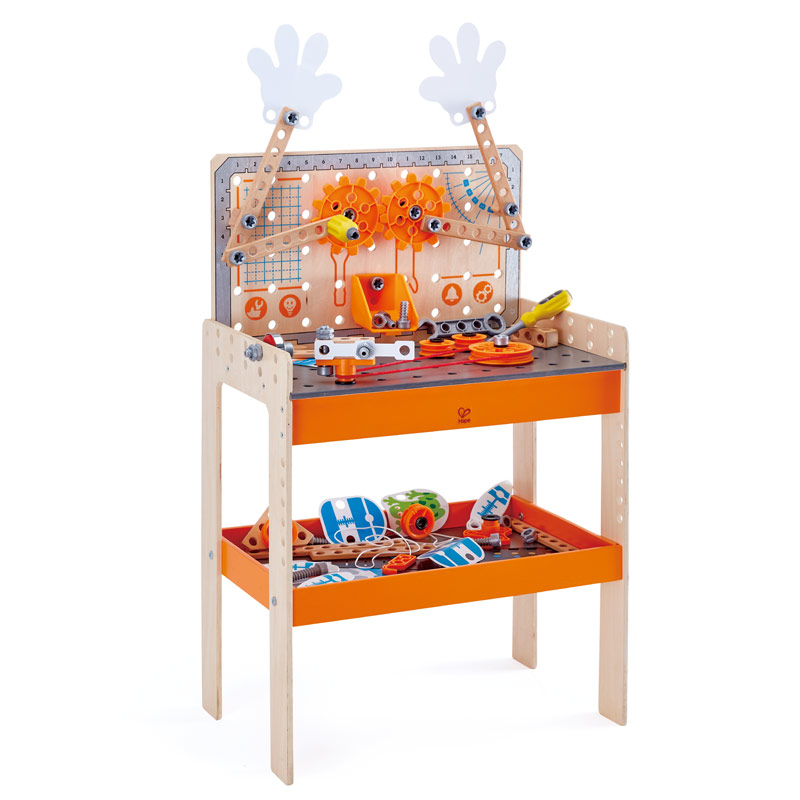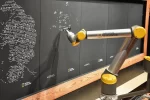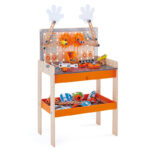STEM (Science, Technology, Engineering, and Math) education is becoming more and more important in today’s world. However, it’s not just about preparing children for future careers. STEM education is also about promoting creativity, critical thinking, problem-solving skills, and a love of learning. Younger children are naturally curious and love to explore the world around them. By introducing discovery and STEM experiments into play for younger children, you can help foster their curiosity and love of learning, while also promoting important skills.
Here are some tips for introducing discovery and STEM experiments into play for younger kids:
- Start with simple experiments
Younger children may not be ready for complex experiments, so it’s important to start with simple ones. For example, you can show them how to mix baking soda and vinegar to create a fizzy reaction. Or, you can make a simple boat out of a paper cup and see how it floats in water. These experiments are fun and easy to do, and they introduce kids to basic scientific concepts.
- Use everyday materials
You don’t need fancy equipment to do STEM experiments with kids. Many experiments can be done with everyday materials you have at home, such as baking soda, vinegar, water, and paper. By using these materials, you can show kids that science can be done anywhere and with anything.
- Let them lead the way
Allow children to take the lead when doing STEM experiments. Encourage them to ask questions, make predictions, and explore on their own. By giving them the freedom to experiment and explore, you are helping them develop critical thinking and problem-solving skills.
- Incorporate play
STEM experiments don’t have to be boring. You can incorporate play into the learning process by making it fun and interactive. For example, you can turn a simple baking soda and vinegar experiment into a volcano eruption. Or, you can turn a simple boat experiment into a race to see whose boat goes the farthest. By making it playful, you can help kids stay engaged and excited about learning.
- Make it a regular part of playtime
Finally, make STEM experiments a regular part of playtime. Set aside some time each week to do a new experiment or explore a new scientific concept. By making it a regular part of playtime, you are helping kids develop a love of learning that will last a lifetime.
We’ll be adding some STEM toy suggestions for specific age groups to help with introducing Discovery and STEM Experiments into play for younger children that come highly recommended at the following links, so check back often:
In conclusion, introducing discovery and STEM experiments into play for younger kids is a great way to promote curiosity, creativity, and a love of learning. By starting with simple experiments, using everyday materials, letting kids lead the way, incorporating play, and making it a regular part of playtime, you can help foster important skills that will benefit children throughout their lives.






